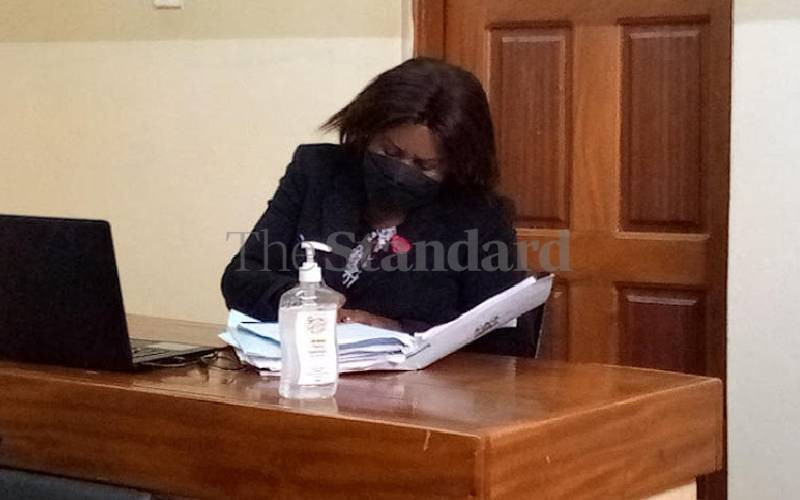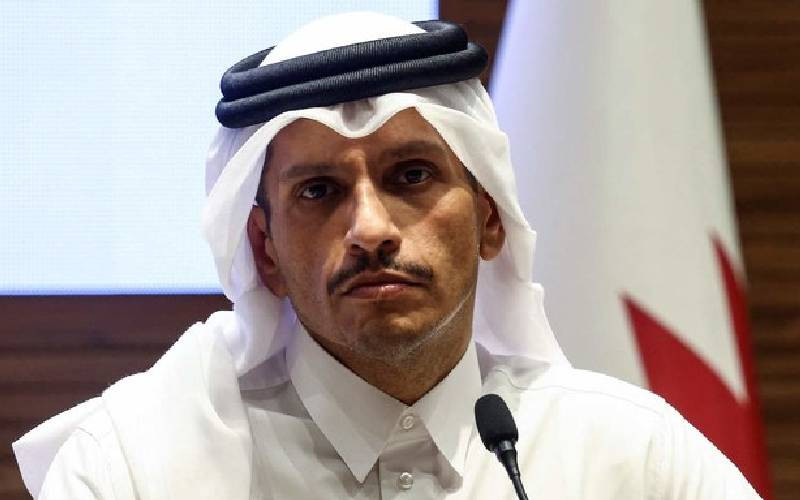
Twice this month President Uhuru Kenyatta has postponed visits to Lamu County.
Following the last postponement in May, Governor Issa Timamy claimed it was occasioned by a dispute with 23 squatter families resisting eviction from Manda Airstrip where the President and visiting heads of State were to land.
Timamy also claimed on May 24 that the President changed plans due to the unavailability of foreign presidents that were to accompany him to launch the Lamu Port Southern Sudan-Ethiopia Transport (LAPSSET) port works.
“The Government has postponed the function by a month within which the logistics issues will have been addressed. It is a big function that will be attended by eight presidents from the African region,” Timamy explained.
Security concern
But that was not the full story. Officials say the real reason Uhuru postponed this important trip is concern over security. First, the squatters’ presence is considered a security risk because they were living on the runway and had refused to leave before compensation.
But the major underlying impediment to the President’s visit was growing militant violence that had risen in southern parts of Garissa to Lamu’s immediate north, blamed on Al Shabaab and its various cells in the forested area where the two counties meet.
There are fears that about 300 islamist Islamist militants are trying to establish a safe haven, perhaps as a last stand against the Kenya Defence Forces (KDF) in parts of Lamu and Garissa using forested land, remote islands and territory on the Indian Ocean.
The militants are largely lightly armed but highly motivated and mobile with rockets, mortars and an increasing sophistication with Improvised Explosive Devices (IEDs). Anxiety has spread within security agencies in Lamu and the Coast region who believe militants are becoming active and could be having a “long term strategy to turn it into the equivalent of Born State of Nigeria”.
Violent militant activity in Lamu and parts of Garissa has been on the rise in apparent direct proportion to a fall in similar action in Mombasa, Kilifi and Kwale where dozens of fatal explosions, shootings and assassination of security agents, moderate imams and police informers were witnessed.
But despite a drop in the bombings, Mombasa, Kenya’s second largest city, has witnessed two new phenomena - the rise in recruitment of young, educated men and women to Al Shabaab and groups the State claims are allied to the Islamic State in Iraq and Syria (ISIS), and assassinations of a key intelligence officers and policemen involved in counter-terrorism.
On March 26, Sergeant Mohamed Ibrahim Ali, a senior officer with the counter-terrorism police unit, was shot dead by gunmen in Old Town in an attack said to be revenge for a crackdown on attempts by Al Shabaab to recruit young men.
And on July 2, gunmen shot and killed Hisham Salman Ali, an National Intelligence Service (NIS) officer, as he emerged from a mosque in Old Town, sparking fears of a return of targeted assassination. Mombasa’s top police officer Robert Kitur blamed Hisham’s murder on “Ismail Mohamed Soshi who has been trained in Somalia”.
Meanwhile, despite the crackdown on controversial mosque’s in Mombasa last year, the threat of terror and extremism seems not to have dissipated, according to analysts who believe activists of Al Shabaab seem to be spreading into new areas.
Stay informed. Subscribe to our newsletter
But the most unnerving thing for counter-terrorism officials in the region is that recent terror and militant activity in northern Lamu and Garissa is related to or is inspired by personnel, historical and ideological roots in Mombasa and Malindi, which appear to be enjoying a deceptive lull.
A few days before the April 2 terrorist attack at Garissa University College, the UK’s Foreign and Commonwealth Office published a report alleging that although they were long dead, Sheikh Aboud Rogo and Sheikh Sharif alias Makaburi were still inspiring terrorism through an ideological and financial network that had outlived them.
The most recent attacks in Lamu began on June 14 when armed militants attacked a KDF camp at Baure, killing two soldiers and losing 18 militants including foreign jihadists. Three other soldiers died when their truck was hit by an IED in the same area on the same day.
Renewed attacks
According to Lamu’s top police officer Chrispus Mutali, the attack was committed by Jaysh Ayman, a militant offshoot of Al Shabaab based in Lamu. The attack, which coincided with the first anniversary of last year’s massacre of 65 people in Mpeketoni, Jaysh Ayman’s leader Luqman Issa Osman and British jihadist Thomas Evans Antony were killed.
“Luqman was the leader of Al Shabaab in coast,” Mutali said, adding that the killings of the militants dealt a blow to the group. But on July 13, militiamen attacked a police truck travelling from Ijara in Garissa as it approached Hindi in Lamu. Five civilians were killed and burnt to death inside the vehicle.
The civilians were witnesses in the trial of terror suspect Mohamed Khalid who police allege co-planned the April 2 carnage at Garissa University College, in papers filed in a Mombasa court. In early July, militants operating from bushes fired a rocket at vehicles travelling between Mkunumbi and Mokowe where President Kenyatta was to open a project but missed and hit trees.
On July 29, the militants struck again detonating an IED on a KDF patrol near Basuba. Five soldiers were injured in the attack.
 The Standard Group Plc is a
multi-media organization with investments in media platforms spanning newspaper
print operations, television, radio broadcasting, digital and online services. The
Standard Group is recognized as a leading multi-media house in Kenya with a key
influence in matters of national and international interest.
The Standard Group Plc is a
multi-media organization with investments in media platforms spanning newspaper
print operations, television, radio broadcasting, digital and online services. The
Standard Group is recognized as a leading multi-media house in Kenya with a key
influence in matters of national and international interest.
 The Standard Group Plc is a
multi-media organization with investments in media platforms spanning newspaper
print operations, television, radio broadcasting, digital and online services. The
Standard Group is recognized as a leading multi-media house in Kenya with a key
influence in matters of national and international interest.
The Standard Group Plc is a
multi-media organization with investments in media platforms spanning newspaper
print operations, television, radio broadcasting, digital and online services. The
Standard Group is recognized as a leading multi-media house in Kenya with a key
influence in matters of national and international interest.









